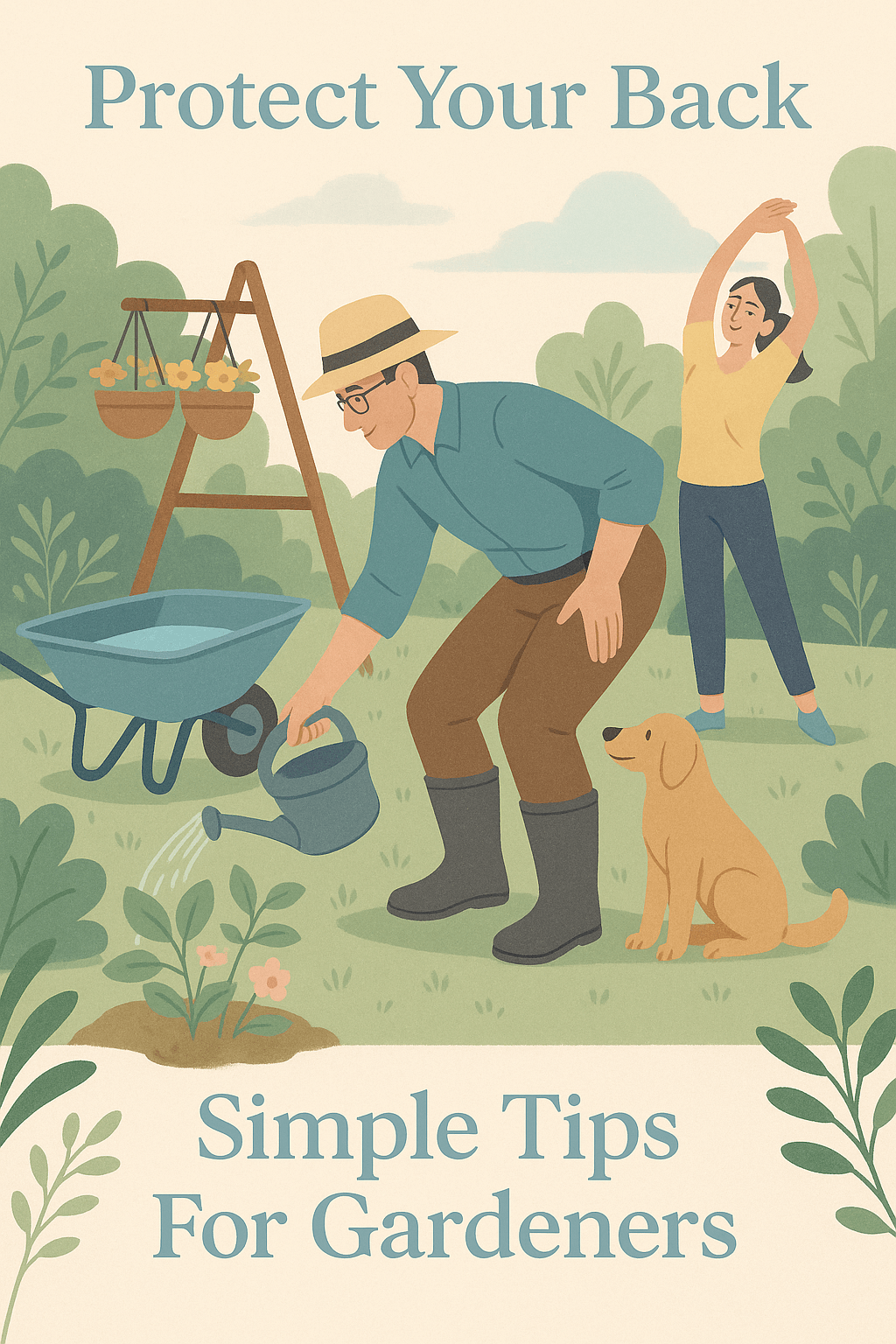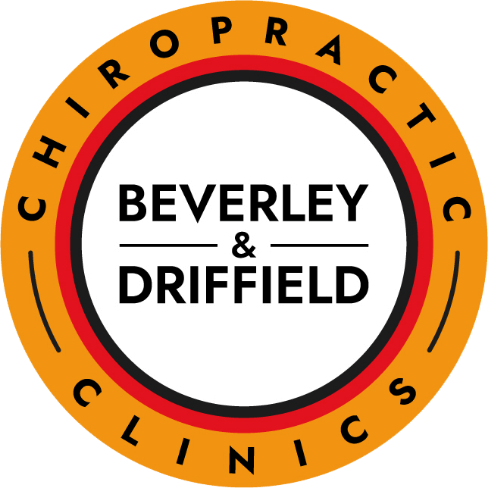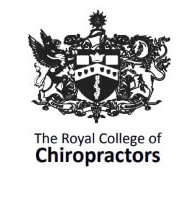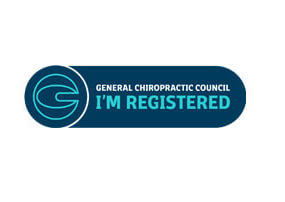 With the hosepipe ban in full swing across Yorkshire, many of us are getting creative when it comes to watering our gardens. While the restrictions are necessary to conserve water, they can also bring physical challenges—especially when it comes to protecting our backs during increased manual watering activities.As a registered chiropractor with the General Chiropractic Council (GCC), I’ve observed that people sometimes experience minor mechanical discomfort after extended periods of gardening. The following are general ergonomic principles that may help reduce physical strain during gardening activities.
With the hosepipe ban in full swing across Yorkshire, many of us are getting creative when it comes to watering our gardens. While the restrictions are necessary to conserve water, they can also bring physical challenges—especially when it comes to protecting our backs during increased manual watering activities.As a registered chiropractor with the General Chiropractic Council (GCC), I’ve observed that people sometimes experience minor mechanical discomfort after extended periods of gardening. The following are general ergonomic principles that may help reduce physical strain during gardening activities.
1. Choose Appropriate Watering Equipment
When selecting watering cans for frequent use, consider ergonomic factors such as opting for smaller, lighter containers around 5 litres to reduce load, looking for ergonomically designed handles, and choosing controlled spouts for more precise watering.
2. Use Assistive Equipment for Transportation
Consider using trolleys or wheelbarrows to transport water rather than carrying multiple heavy containers. This approach helps distribute weight more evenly, reduce repetitive lifting, and minimize bending and twisting movements.
3. Practice Good Body Mechanics
When gardening, consider these general ergonomic principles: bend at the knees rather than the waist when working with low plants, use step ladders or stools when reaching overhead such as watering hanging baskets, maintain neutral spine positioning, and shift weight between legs when standing for extended periods.
4. Take Regular Breaks and Gentle Movement
Extended gardening can be physically demanding. Consider taking regular rest breaks, gentle neck and shoulder movements, simple stretching of major muscle groups, and staying within comfortable limits of activity.
Note: Any exercise or stretching should be done within your comfort range. Stop if you experience pain or discomfort.
5. Stay Hydrated and Listen to Your Body
Consider maintaining adequate hydration while working outdoors, paying attention to your body’s signals, resting when feeling fatigued, and avoiding pushing through discomfort.
6. When to Seek Professional Help
Consider consulting an appropriate healthcare professional if you experience persistent discomfort lasting more than a few days, pain that interferes with daily activities, or any concerning symptoms.
While the hosepipe ban requires additional physical effort in garden care, following basic ergonomic principles may help reduce the risk of minor mechanical discomfort. Remember that everyone’s physical capabilities and health status are different.
If you think we can help, reach out! We’d love to see you in the practice.
Disclaimer: This article is for educational purposes only and is not intended as medical advice. Individual circumstances vary, and this information should not replace professional medical consultation. If you experience persistent or severe back pain, please consult your GP or appropriate healthcare provider.



